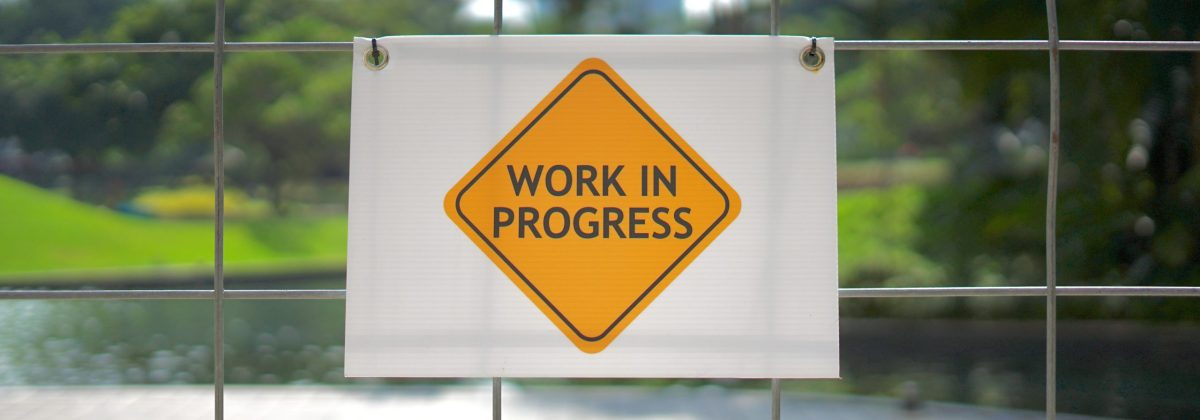Posted on: May 26, 2022
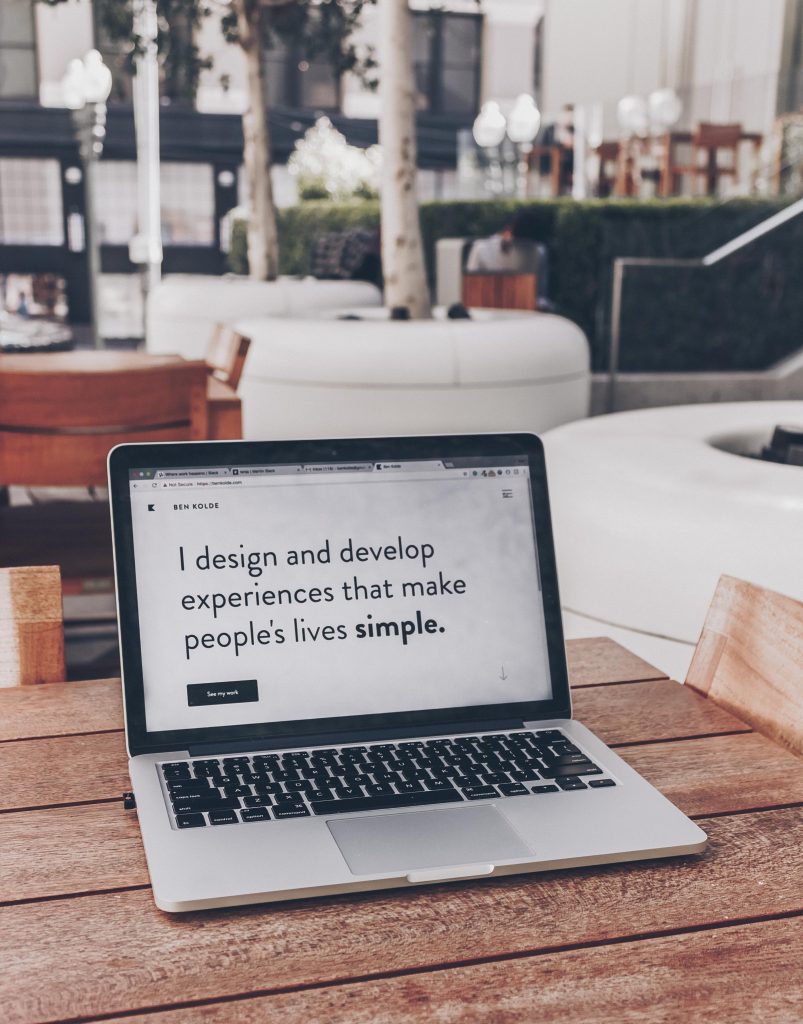
“𝑾𝒉𝒂𝒕𝒆𝒗𝒆𝒓 𝒊𝒔 𝒘𝒐𝒓𝒕𝒉 𝒅𝒐𝒊𝒏𝒈 𝒂𝒕 𝒂𝒍𝒍, 𝒊𝒔 𝒘𝒐𝒓𝒕𝒉 𝒅𝒐𝒊𝒏𝒈 𝒘𝒆𝒍𝒍.”
~Philip Stanhope
In today’s day and age, simply being a professional is no longer enough to beat the competition.
No longer is what you were taught in university good enough.
Times change, people change, technology changes all the time, and with that the way in which people, clients, expect services to be rendered.
The word “value” has also become a bit of a buzzword.
More businesses out there are promising to deliver exceptional services through “value” creation.
And rightfully so, as a client, you would expect the value to be the top priority.
Making your money work for you.
A construction project is no different.
You have a budget, you have an end goal in mind.
Along with that comes deadlines, time limits, and, yes, budgetary constraints.
What you want out of this relationship, needs to be a top priority and we have tried to take this into consideration when putting together our internal processes.
We are firm believers in making sure any project that crosses the threshold of our office, gets dealt with in a manner that we can be proud of once the project is completed.
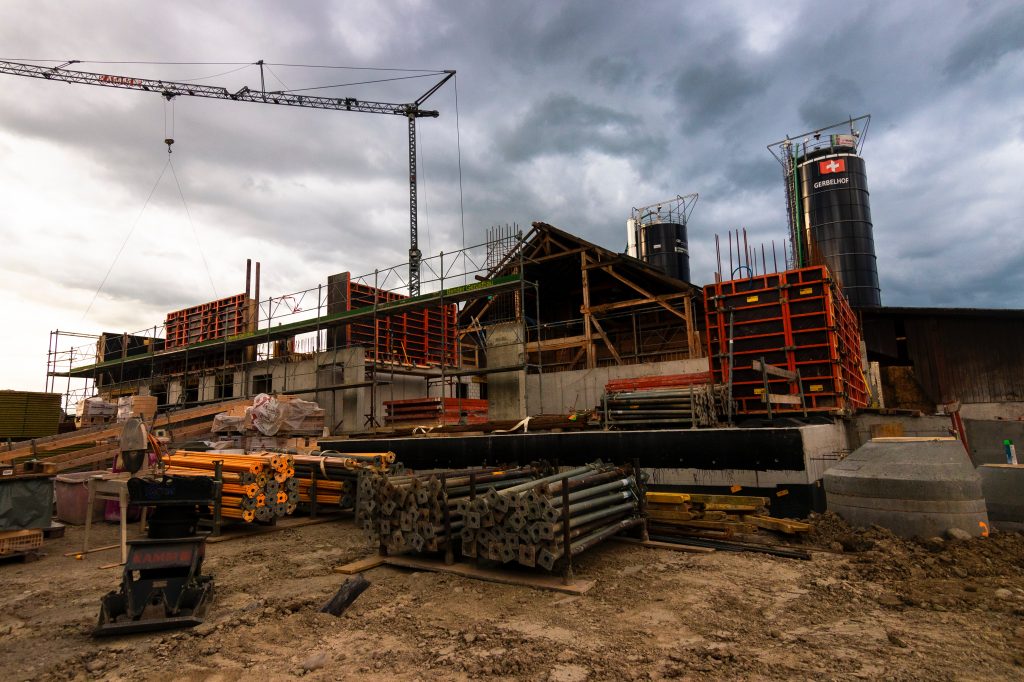
Our internal process is as follows:
Step 1 –
Initial contact is usually made by the client, either through logging a query on our website, through one of our social media channels or through WhatsApp, directly with our founder, who is still very much the first point of contact when it comes to our company.
You need a service to be rendered. Great, you have come to the right place.
If you have reached this point in this article and you feel like you no longer want to read, you just want to engage with us, be sure to send us a mail at admin@diassociates.co.za and we will get back to you as soon as possible.
Step 2 –
Understanding the scope of work, or simply having a look at the site where the project is going to take place is so important and as such we usually send our very own CEO to attend the first meeting with potential clients.
This happens 9 out of 10 times.
We believe that meeting with our founder, the one who started it all, is truly the best way to build relationships.
Yes, sure, he won’t be the engineer solely responsible for your project, as we have an extremely competent Chief Technical Officer heading up our technical team.
But, from a point of building relationships, we do believe it is important for clients to meet and get to know Innocent, our CEO.

Step 3 –
Nothing in life is ever just a done deal, enter the negotiations.
Once we understand the nature and scope of work, a thorough fee proposal is put forth.
In the fee proposal the scope of work, fee, and possible discounted rates are included.
In most instances, the fee proposals are straightforward.
We are also firm believers in incentivizing our clients to commit to a project and therefore we include a one-off payment discount, this is usually around 25%. Depending on the actual scope of work and the intricacy of the project.
We never want to break the bank of any client, as we understand that any construction project holds many curve balls and unexpected expenses.
Step 4 –
Now comes the exciting part, the project is almost ready to be taken on.
Once the proposal is accepted and the agreement signed, we are almost ready for lift-off.
Ironing out some terms and conditions at this stage and clarifying details for clients is a part of the process and any outstanding queries may be addressed directly to innocent@diassociates.co.za or our internal accounts controller wilma@diasscoiates.co.za.
Step 5 –
Before work can commence internally, we require a deposit to be paid, if the client has not opted to make payment in full at a discounted rate.
Once the deposit gets paid an instruction is sent to the technical team, with all relevant details, to register the project and to make contact with the client.
This is an administrative part of the work and is purely for record-keeping purposes and to make sure that we comply with the standards laid out by ISO 9001.
Step 6 –
Once the project has been registered and all details carefully dissected, then the technical team, together with the CEO discuss and debate deadlines, timelines, and additional information required.
Once the whole team has agreed on the time frame needed to complete the project, a project register along with these timelines are given to the client.
If there is a need for any additional information or meetings, this is when they would be requested or set up.
In most cases, almost 8 out of 10 times, we require the DWG, AutoCad drawings from the architect, and same is requested.
In some instances, there comes a delay after this, as architects are inundated with projects or do not have these readily available.
In a few instances, the client requires changes to the architectural drawings and this causes a further delay in the start and completion date of the project. But all of this is clearly communicated to the client.

Step 7 –
All projects form a part of the internal office’s Program of
Works.
This is a system where all live projects are listed and managed, daily, weekly, and monthly.
Deadlines and resources required are tracked to ensure delivery dates are adhered to.
There are instances where an urgent project will enter the program and throw everything off.
But most of the time, we deliver on our initial estimated due dates.
If for whatever reason this is not possible, we make sure to inform our clients ahead of time.
The project gets assigned to one or more of the team members depending on capacity and skill.
Step 8 –
Regular updates go to the client. This is something that we feel strongly about and if you are or have been a client and you feel like we do not deliver or live up to this statement, then please feel free to send us a mail directly to innocent@diassociates.co.za with any issues you are experiencing.
One thing that we have started to implement, to make sure that we stick to this, is to provide all active clients with email feedback on a Friday, no matter if we have updated them during the week already.
This just leaves a client with peace of mind heading into a weekend.
Step 9 –
If there is a need for any follow-up meetings, either on-site, with the client or the architect, or both, that gets attended to.
Being on the same page, all of the required parties make a difference in the completion of the project on time and within budget.
There is nothing worse than a lapse in communication or a failure to communicate in general.
This leads to overspending, frustration, and the possible breakdown of relationships.
We are firm believers in over-communicating and spend the time and money now, rather than later when the problem or situation has gotten out of hand.
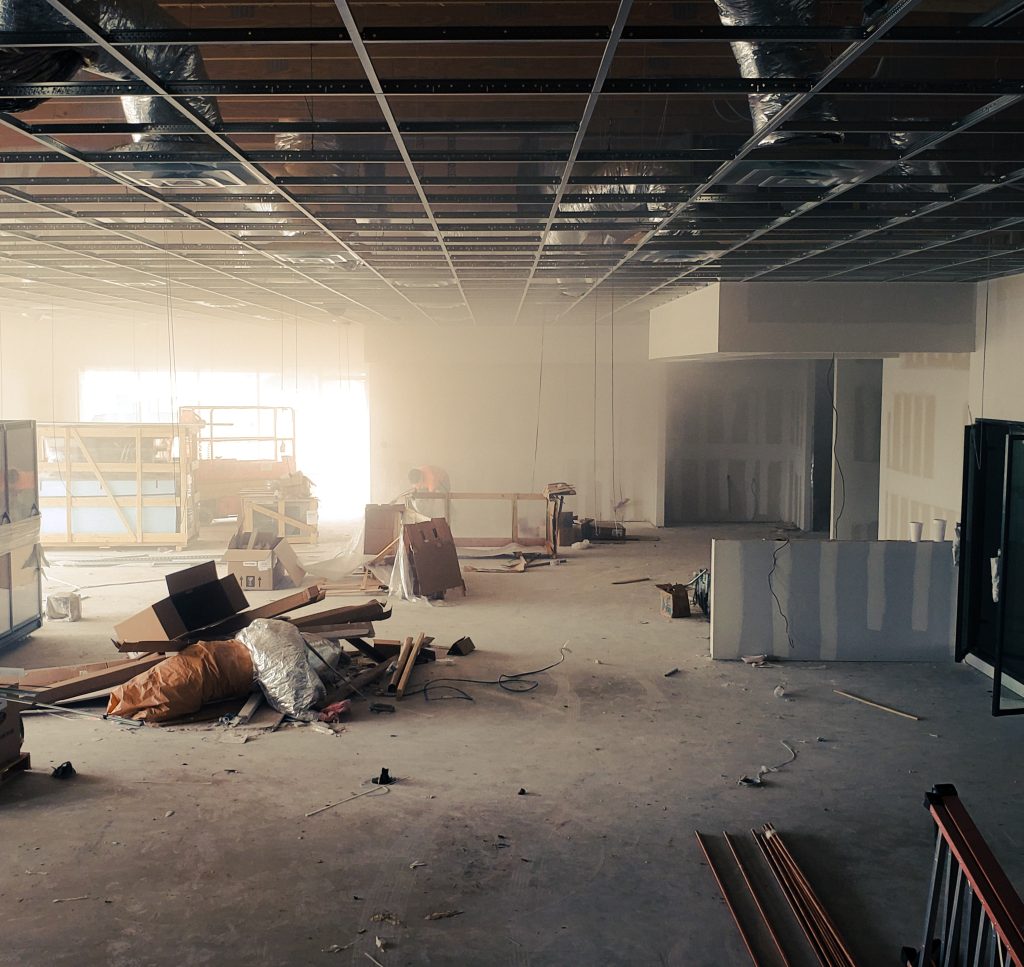
Step 10 –
Once the preliminary drawings and designs have been completed, 3 other team members check them and sign them off, this ensures quality management again.
If there are any issues, through this process, they will be picked up and rectified before the drawings get issued to the client.
Step 11 –
Once we have completed all our internal quality management checks and balances, the drawings and designs are issued to the client and a copy made available at our office for collection, or if the client so wishes, we will courier it.
Step 12 –
Monitor construction through regular site visits, if this is a part of the scope.
Construction, depending on what stage you were at when you contacted us to render services, usually only starts a few months later.
So at that stage, you might not be focused on if you need construction or site monitoring, but we do make it very clear from the beginning that you will need a Civil and Structural Engineer to do regular site inspections throughout the construction phase.
This is especially true when it comes to intricate designs and also major construction milestones, such as the construction of the foundation, ground floor, or first-floor slab and roof.
If you are unsure whether you need an Engineer for this, be sure to reach out and we will answer any questions you have in this regard.
If there are any additions or changes to the architectural designs or drawings, we simply need to re-design and update our drawings. This however bare a cost, but it will all be communicated accordingly, and the fee agreed upon.
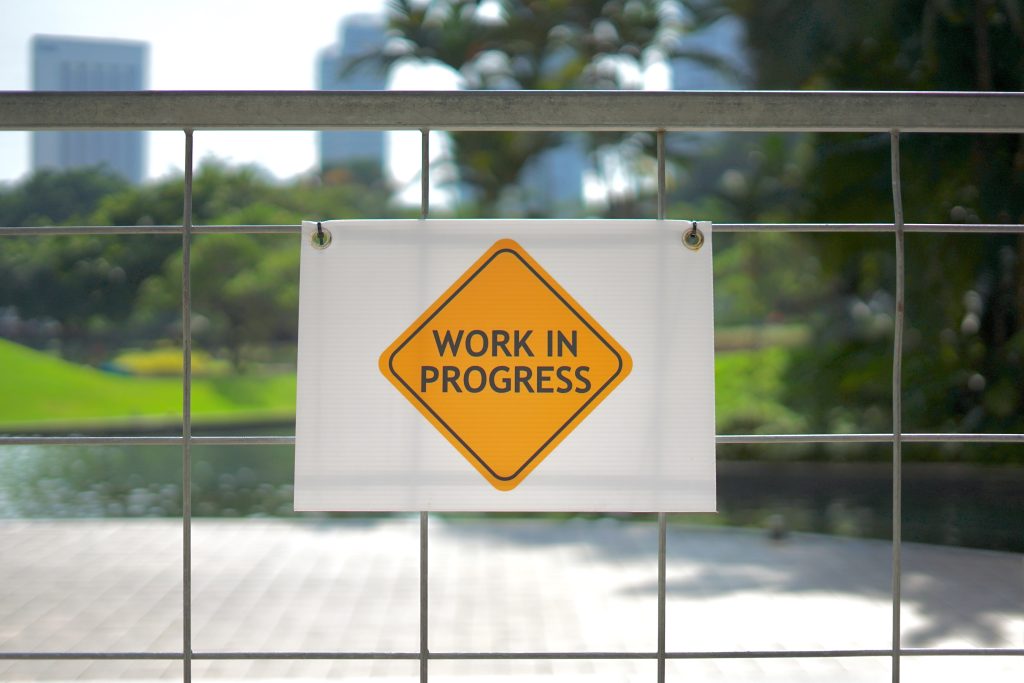
Conclusion
Embarking on any construction project is daunting, and riddled with a lot of unknowns.
You need to make sure you have the right professionals in your corner.
Making sure you know what is happening when and how, and being in constant communication with both your engineers as well as architects can make all the difference to the success of a project, in the long run.
One piece of advice that we want to leave you with is to always ask questions, as many as you need. If you are unsure about anything: Ask.
It’s better to have all the facts and communicate any dissatisfaction upfront than to do it later on when the project needs additional resources and funds.
If you have ANY construction-related questions or queries, be sure to shoot us a mail or drop a comment below, we’ll gladly talk you through any queries.
To be in the loop on all things construction, engineering, and project management, be sure to subscribe to our mailing list and follow us on our socials.
Thanks for reading.
Stay up to date with us
Subscribe to our newsleter for our latest news and developments
